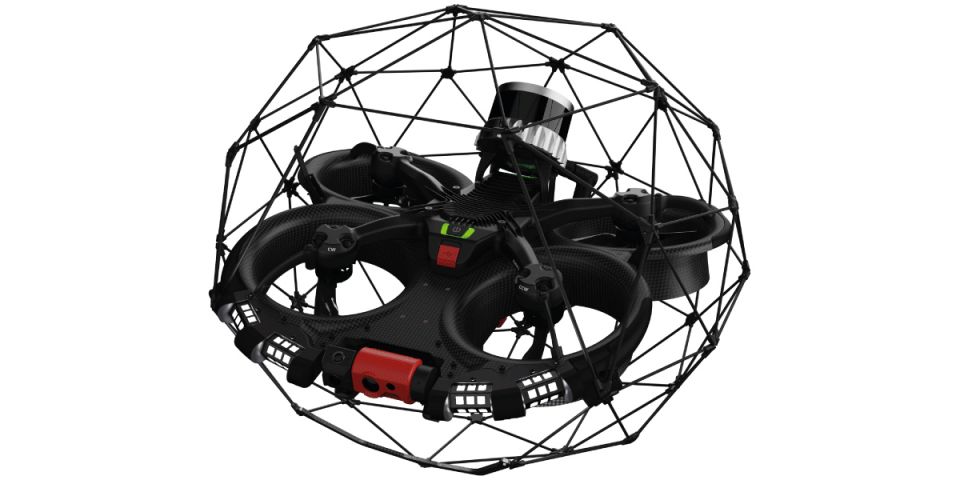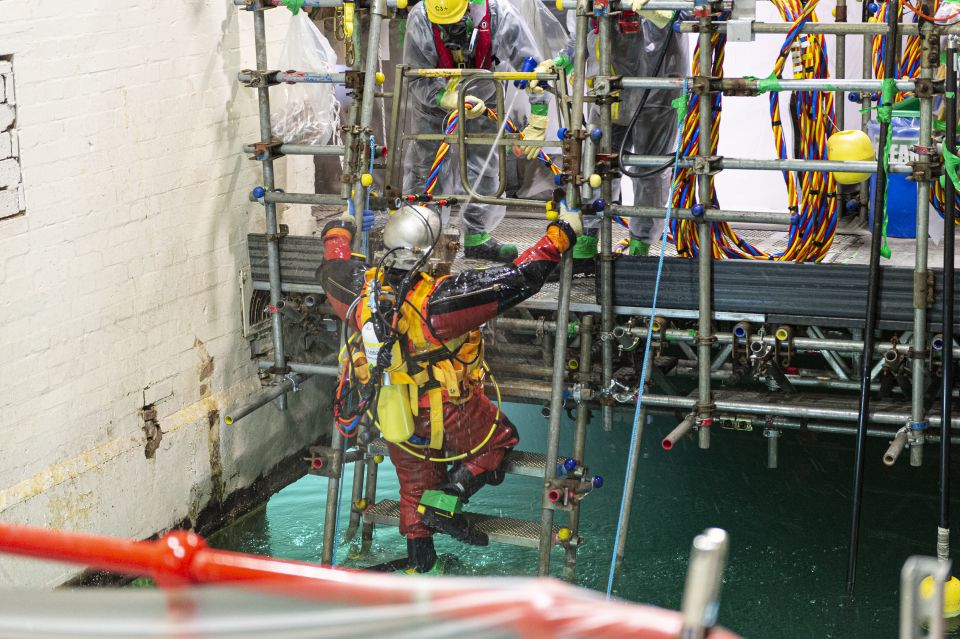Robotics for Plant Maintenance: Now and in the Future
Diakont technicians prepare an NDE inspection robot for deployment into a diesel tank. Photos: Diakont
Robotics and remote systems have been used for supporting nuclear facilities since the dawn of the atomic age. Early commercial nuclear plants implemented varying levels of automation and remote operation, such as maintenance activities performed on the reactor pressure vessel and steam generators. Over the past several decades, there has been a steady progression toward incorporating more advanced remote operations into nuclear plants to improve their efficiency and safety. One of the primary forces driving the adoption of robotic tooling in U.S. nuclear power plants is money.
The economic model for the U.S. operating fleet has changed considerably over the past 10 to 12 years. Regulations in the nuclear industry have rarely decreased and, more often than not, have increased. This has led to nuclear plants in certain energy markets being hindered financially and thus needing to find ways to optimize their operations to do more with the resources they have. At the same time, the reliability and flexibility of robotics and automated systems have been increasing while their costs have been decreasing, making robotic systems much safer and more available to use. This has helped drive utilities to explore new ways of using robotics to overcome the obstacles they are facing. One of the obstacles that power plants have been tackling has been shortening the duration of their refueling outages to decrease their costs and increase their revenue.






